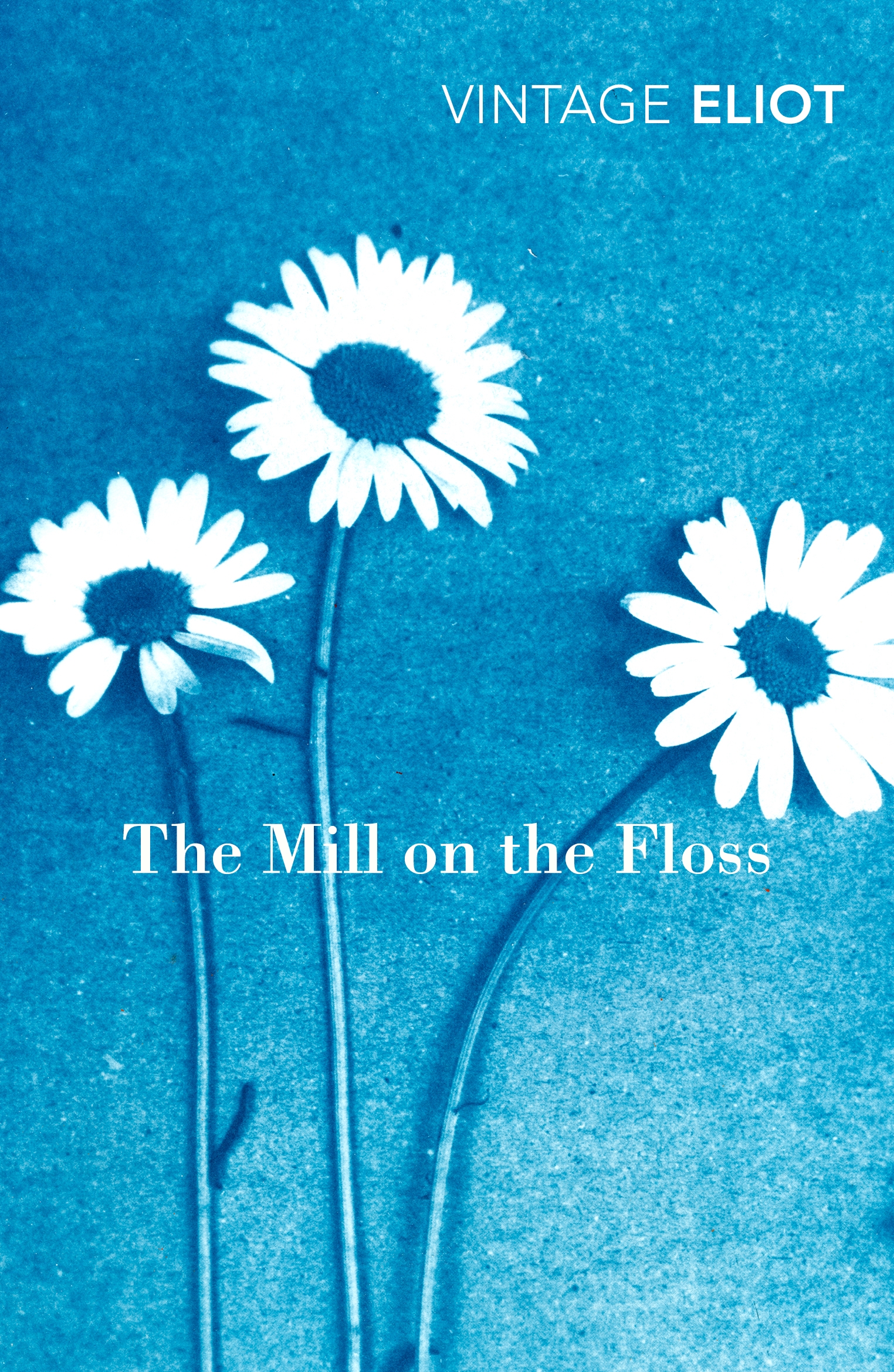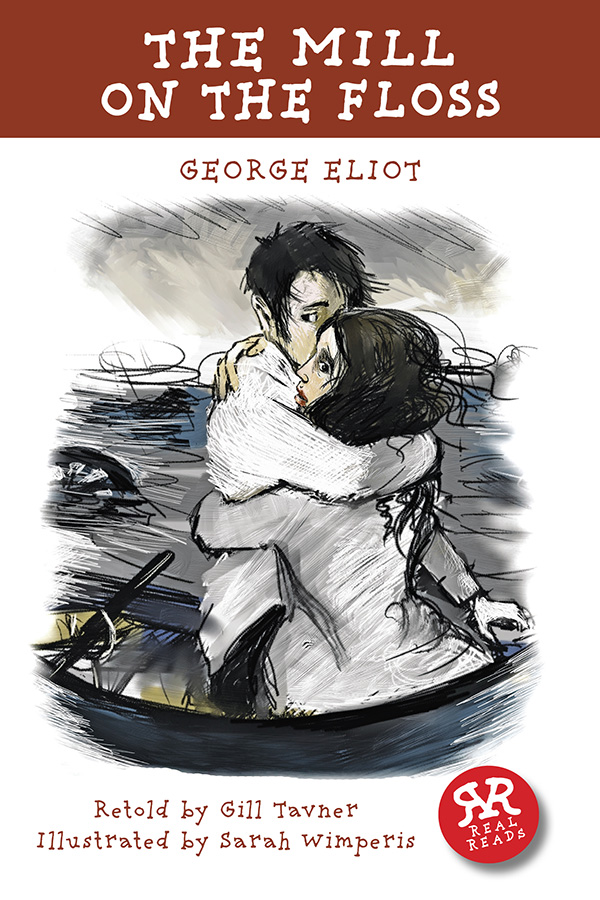

Maggie is younger and wilder she is known for causing trouble and acting unladylike. Tulliver sends Tom, who is thirteen years old, to a better school run by a clergyman, hoping that Tom will find his own lucrative line of business instead of inheriting the mill. Their father owns a mill, and they live close by their mother’s sisters’ families. Tom and Maggie Tulliver grow up in an idyllic British seaport town called St. Except in direct quotes, the guide uses the more accurate, appropriate term. This guide uses the edition published by Alma Books in 2019.Ĭontent Warning: The source text uses the outdated and offensive term “gypsy” for Romani people. Told through an unnamed narrator’s point-of-view, Eliot includes detailed imagery of the English countryside and infuses her text with psychological realism and deep inner reflection. Rivers and water imagery and themes play a huge role in the novel, and including a mention of a river in the title helps to highlight this fact.The Mill on the Floss tells the story of a family repressed by social norms, featuring a protagonist who suffers at the hands of society’s constant judgements. So the Mill is a home and a business, something that greatly shapes the type of life that the book’s main family lead. The Mill also indicates that business and industry are going to play a role in this book. The Mill becomes a goal for the Tulliver family, a place that they desperately want to reclaim after losing it in a disastrous lawsuit.

First off, we have the "Mill," which plays a huge role in the novel. It is also cluing us into some of the book’s major themes. At any rate, this title is doing more than acting as a weird Google map search term.

Or it does once you figure out that the Floss is a river. So this title helpfully clues us in to the setting. In the early days of the Industrial Revolution (which happened in England during the eighteenth and nineteenth centuries), factories were often run by water mills and were thus called "mills." These mills produced things like textiles, grain, etc. And the "Mill" in question is actually Dorlcote Mill, the family home and business of the Tullivers, conveniently located on the river Floss. The title of this book has nothing to do with dentistry.


 0 kommentar(er)
0 kommentar(er)
